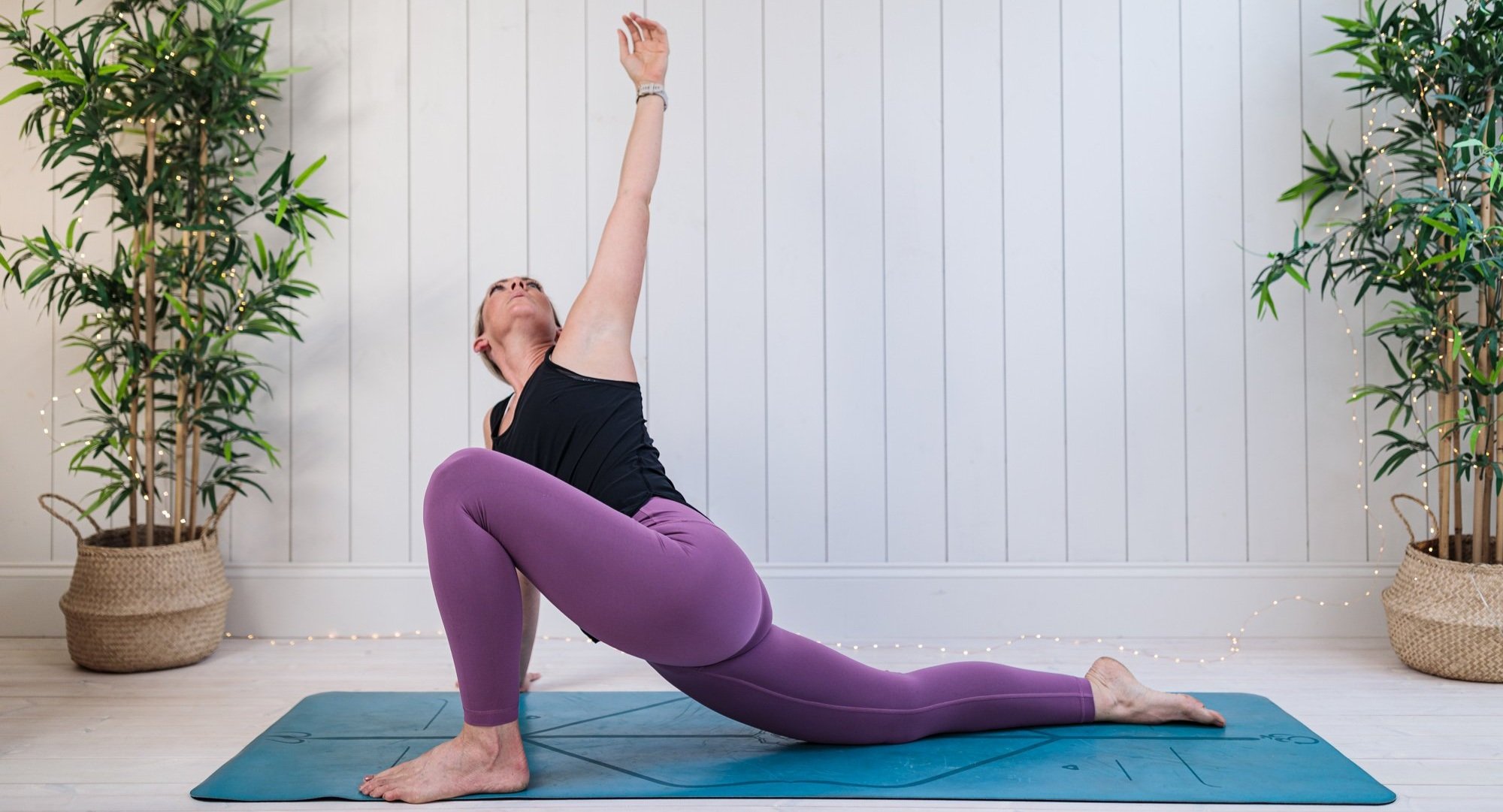How to create good habits
I listened to a podcast recently with Dr Rangan Chatterjee & James Clear on ‘How to Build Good Habits & Break Bad Ones’. I was drawn to it as I am am always drawn to the phrase
‘If you want something to change, you have to do something differently’
I know there are several things within my life (both big & small) I would like to change but at times I feel a bit…. stuck. But I found this podcast really informative, digestable & constructive, so I thought I would share some thoughts on habits. I have also purchased James Clear’s book ‘Atomic Habits’ which gave even more depth to this concept
Community/Social Environment
One thing for me that really stuck out is the importance of the social environment; if you want a habit to stick, your environment plays a huge role. Social expectations or normals have a huge influence on what what we stick to in the long run. Essentially, you want to immerse yourself within a community where your desired behaviour is the normal behaviour. Your habits are signals to those around you your goals, values & beliefs
Belonging is one of our deepest needs as humans, if a habit goes against the grain within our community (big or small), often you have to choose between those habits, or fitting in; ‘I have habits I value but I don’t really fit in, or I am drawn to habits I don’t love but I want to fit in’. Ultimately, most people will choose belonging over loneliness, the desire to belong overpowers the desire to improve
With consciousness, we need to find an environment where our desired behaviour is the normal, or at least invited, so you don’t have to make that choice. Essentially, if you want to stick to a habit, you have to have your community working with not against you. This can be tricky when you are well established within your community, whether that be social groups, work or family. But it is really important to recognise the value of creating ways to be around people who share your objectives, goals & values. Often a shift in environment can lead to a shift in behaviours, so immersing yourself in an environment that makes your desired behaviours feel more accessible, easier or more ‘normal’ will in turn help them become achievable
Path of Least Resistance
When wanting to evaluate your habits, maybe shifting priorities to ‘good’ or ‘better’ habits, its useful to notice what the path of least resistance is; how can I make the good/new habit the obvious & easiest thing to do in this environment?
You may be in an environment you haven’t optimised, meaning that there may be friction, or barriers, to this new or desired habit & older, more ingrained habits may be the path of least resistance, making change difficult to implement. Priming your environment for more productive or favourable outcomes enables the good/new habit to become the path of least resistance - making it more likely to become your desired ‘autopilot’ or consistent behaviour. In keeping with this, creating friction for those habits that we feel no longer serve us makes them harder to do & less likely to be the ones that become part of our daily structure.
“Where we are at the moment in life is a product of the habits we hold”
Our current life is a sum of our habits, if we are enjoying life today, we picked good habits perhaps 6 or more months ago. This for me is really valuable to remember, that if we want something, rather than keep dreaming of when it might happen, to take responsibility for making decisions each day that work towards that habit becoming a reality. If each day there are votes towards what you want to achieve, then the progress is there & available to you, but if each day you are waiting for something to be different, you’re waiting for something that is within your power to create
If we notice that there are habits that are ingrained in our daily routine that don’t serve as votes towards who we want to become or what we want to achieve, then its looking at how we can create more friction for these habits, such as leaving your phone outside your door if you find you ‘waste’ time scrolling but equally if we want to take up a yoga practice (I obviously highly recommend Flow Connected) then habits such as creating an area to leave yoga mat out will help support that habit becoming part of your routine. Other examples could be:
Batch cooking food that you know will nourish you & you’ll be able to access quickly instead of snacks
Leaving journal or affirmation cards on bedside table instead of mobile phone
Creating a reading/relaxing area that isn’t facing your TV/in sitting room
The aim is to notice daily habits & whether they are towards/away behaviours for where you want to be. I could go on & on, but for now, I want us to digest these points;
Take time to determine your values
Look at how each day your habits work towards (or against them)
Notice where you want to be in 6 months & establish habits that work towards that
Reduce friction for towards behaviours & create friction for habits that do not serve
I hope you enjoyed this blog, do check out the other Flow Blogs & I hope you take a moment to listen to the podcast recommended above
Love Katie

